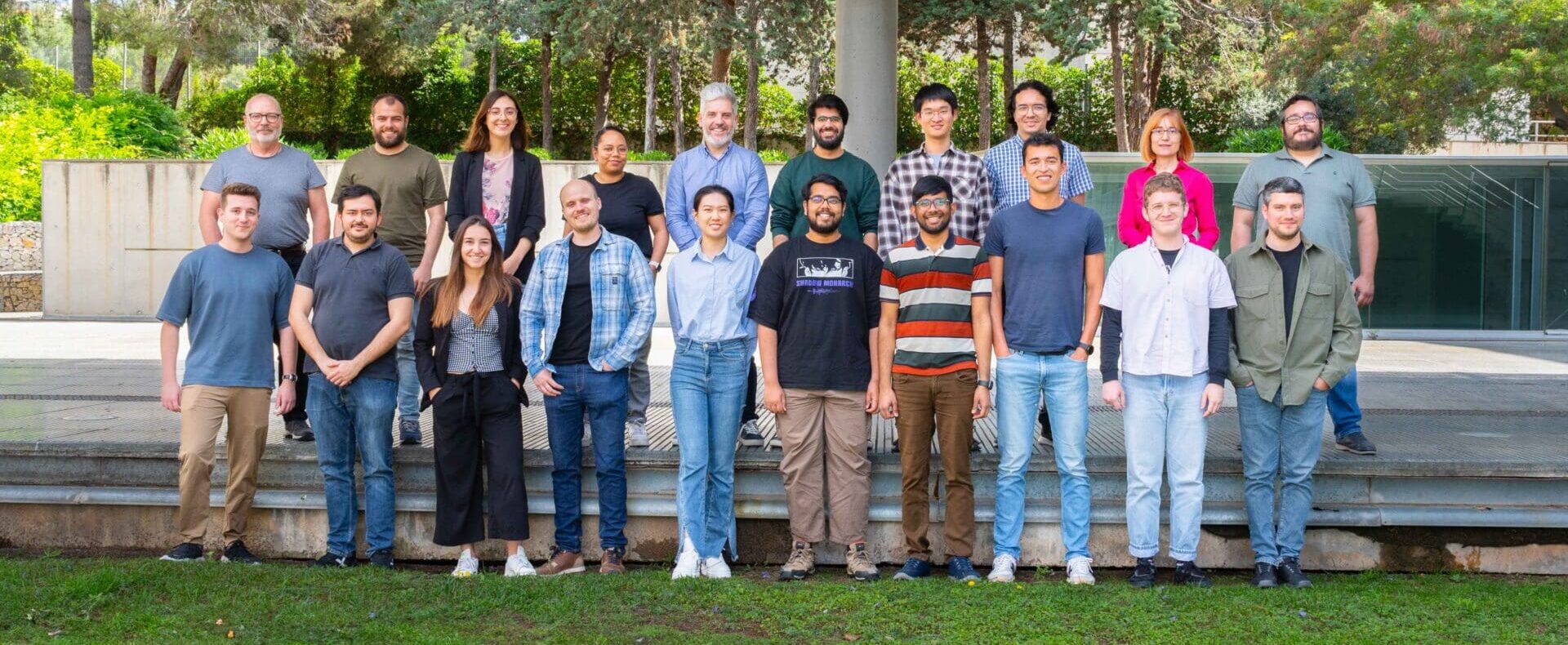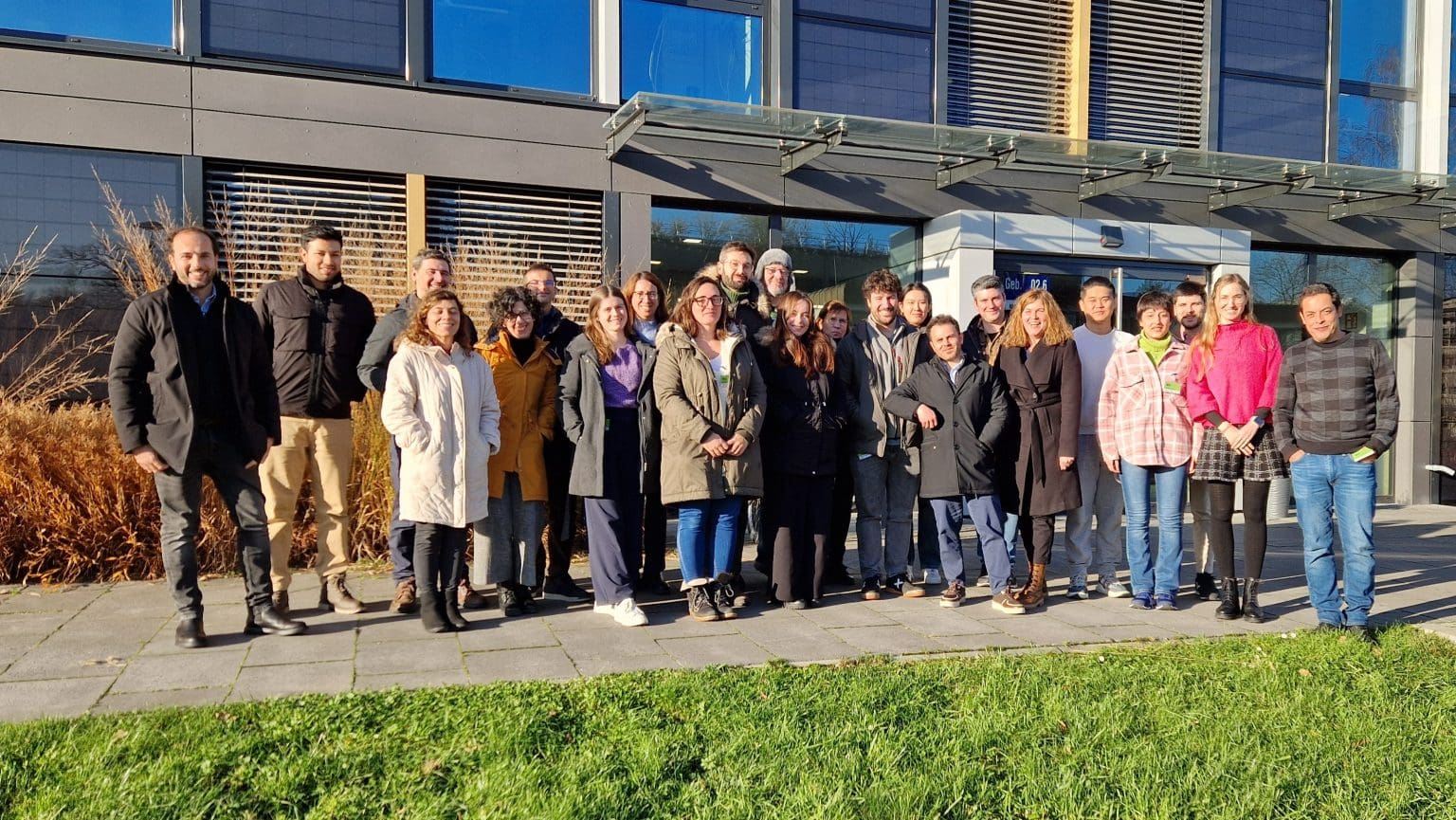- Home
- Resarch
- Research Groups
- Prof. Núria López
Prof. Núria López
Simulations in Catalysis
Research
Our group uses computational techniques to understand catalytic processes.
Highlighted Publications
-
2024 | Science
Water-hydroxide trapping in cobalt tungstate for proton exchange membrane water electrolysis
Ram, R.; Xia, L.; Benzidi, H.; Guha, A.; Golovanova, V.; Garzón Manjón, A.; Llorens Rauret, D.; Sanz Berman, P.; Dimitropoulos, M.; Mundet, B.; Pastor, E.; Celorrio, V.; Mesa, C. A.; Das, A. M.; Pinilla-Sánchez, A.; Giménez, S.; Arbiol, J.; López, N.; García de Arquer, F. P. -
2024 | Nat Commun
Low-nuclearity CuZn ensembles on ZnZrOx catalyze methanol synthesis from CO2
Pinheiro Araujo, T.; Giannakakis, G.; Morales-Vidal, J.; Agrachev, M.; Ruiz-Bernal, Z.; Preikschas, P.; Zou, T.; Krumeich, F.; Willi, P. O.; Stark, W. J.; Grass, R. N.; Jeschke, G.; Mitchell, S.; Lopez, N.; Perez-Ramirez, J. -
2024 | Nature Catalysis
Stability and lifetime of diffusion-trapped oxygen in oxide-derived copper CO2 reduction electrocatalysts
Lian, Z.; Dattila, F.; López, N. -
2023 | Adv. Mater.
Quantitative Description of Metal Center Organization and Interactions in Single-Atom Catalysts
Rossi, K.; Ruiz-Ferrando, A.; Akl, D. F.; Abalos, V. G.; HerasDomingo, J.; Graux, R.; Hai, X.; Lu, J.; Garcia-Gasulla, D.; López, N.; Pérez-Ramírez, J.; Mitchell, S. -
2024 | Nat Energy
Key intermediates and Cu active sites for CO2 electroreduction to ethylene and ethanol
Zhan, C.; Dattila, F.; Rettenmaier, C.; Herzog, A.; Herran, M.; Wagner, T.; Scholten, F.; Bergmann, A.; López, N.; Roldan Cuenya, B.
Our team
Job offers
| Title | Reference | Deadline | |
|---|---|---|---|
| Postdoctoral Researcher (Ref. Postdoc 2025-04 EP) | Reference: 5660370 |
|
APPLY |
| Postdoctoral Researcher (Postdoc 2025-03 MH) | Reference: 5601050 |
|
APPLY |
| Postdoctoral Researcher (Ref: Postdoc 2025-01 BU) | Reference: 5600858 |
|
APPLY |
| ICIQ Summer Fellowship Programme Call 2025 | Reference: 5578148 |
|
APPLY |
| ICIQ Master Projects Fellowship Programme - FIRST CALL 2025 | Reference: 5529113 |
|
APPLY |
| Postdoctoral Researcher (Ref: Postdoc 2025-05 PB) | Reference: 5653810 |
|
APPLY |
| Scientific Group Coordinator (Ref. SC 2025-01 AE) | Reference: 5639793 |
|
APPLY |
| Postdoctoral Researcher (Ref. Postdoc 2025-02 JB) | Reference: 5600946 |
|
APPLY |

Let's create a brighter future
Join our team to work with renowned researchers, tackle groundbreaking
projects and contribute to meaningful scientific advancements









































